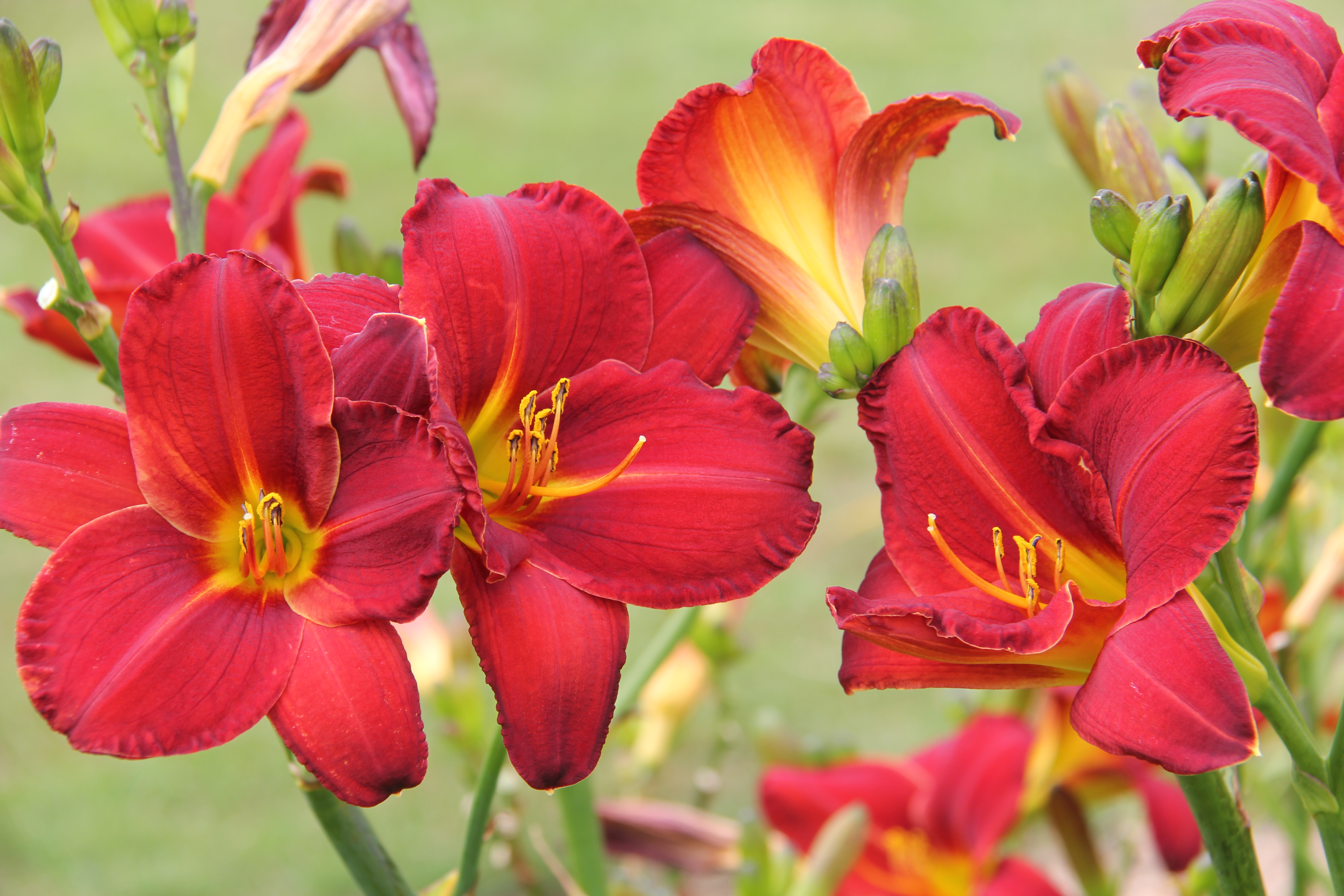Physical characteristics
A
Flowers and foliage
Preferred site
Prefers
Preparation for planting
Plant when the soil is moist and warm in autumn or early spring so that a good root system develops to support vigorous new growth. Remove all weeds. Incorporate bark compost or other organic materials. On heavy soils, raise the level of beds and
Maintenance tips
Apply mulch
Ecological and biodiversity benefits
Attracts butterflies.
Pests and diseases
Some rust on older
Location at Auckland Botanic Gardens
Edible Garden


.jpg?width=1200&height=800&v=1d5372de5c3d450)

.jpg?width=1200&height=1200&v=1d4024dceb89e50)

.jpg?width=1200&height=1200&v=1d5569224d63650)
 .jpg?width=1200&height=1200&v=1d4024df6ce2770)
.jpg?width=1200&height=1200&v=1d55676a892f2b0)
 .jpg?width=1200&height=1200&v=1d4024e3b65f7f0)